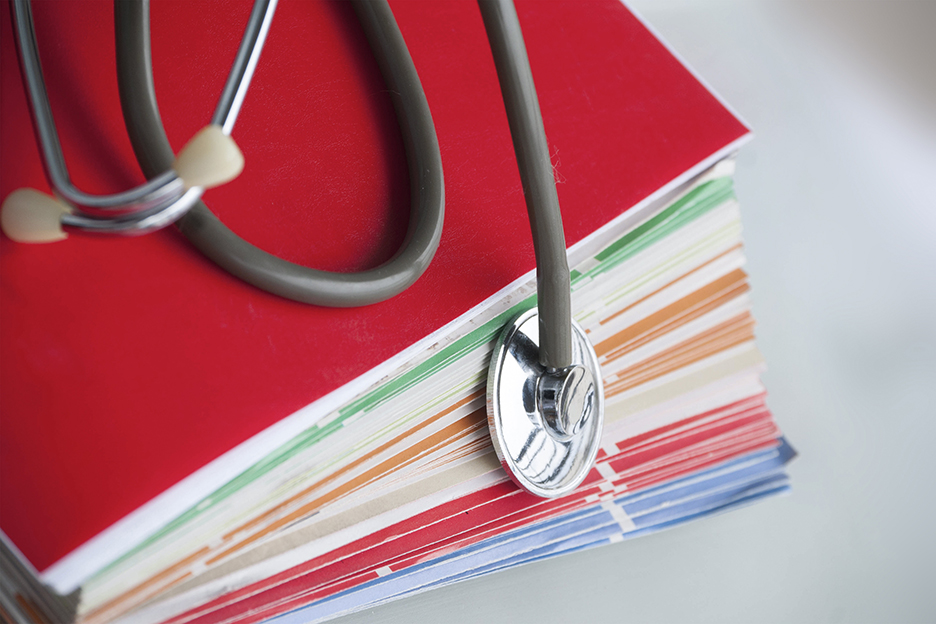When you have hypertension, blood pressure measurements can be compared to a school report card: they are a direct reflection of the effectiveness of the treatment. Discover all the elements that will help you get an A+ in monitoring your blood pressure!

Taking blood pressure
When a treatment is started, whether it is pharmacological or not, it is essential to keep track of its effectiveness. Monitoring the effectiveness of a treatment for hypertension (commonly known as high blood pressure) is simple, quick, easy, and not at all painful. So why deprive yourself of it, especially when it is available at your pharmacy?
For blood pressure readings to be valid, directions must be followed strictly. In the 30-60 minutes before you take your blood pressure, do not:
- smoke;
- engage in physical exercise such as brisk walking;
- drink sodas, coffee, tea or any beverage containing caffeine;
- eat stimulating foods such as chocolate;
- take a decongestant.
Sit calmly at least for five minutes before taking your blood pressure. You must not have the urge to urinate or defecate when taking your blood pressure. Remain seated with the arm well supported on a table and on the same level as the heart, the legs uncrossed, and the feet flat on the ground. Don’t talk because this will alter the readings. The cuff of the instrument should be fastened at three centimetres from the crease of your elbow.
Ideally, two readings at intervals of two minutes each should be taken on the same arm in the same position. Like a good student, note down these measurements in a logbook (mention the date, hour, and the arm used). These details will serve as an invaluable tool for your healthcare professional.
Taking blood pressure at home: why not?
Blood pressure is measured using an instrument known as the blood pressure monitor (sphygmomanometer). Some of these instruments are meant for home use. Your pharmacist can help you choose an approved instrument and explain its operation clearly. The type of cuff (small, medium, large) must be adapted to the size of your arm so that blood pressure values are not artificially inflated. These instruments must be calibrated regularly in accordance with the recommendations of the manufacturer to ensure optimal performance.
Blood pressure monitoring at home should be considered seriously by people who:
- are diabetic;
- suffer from chronic kidney disease;
- have trouble complying with their treatment;
- suffer from white coat syndrome.
In fact, for 20% of people, blood pressure increases at the sight of a doctor’s white coat. This leads to a false diagnosis of high blood pressure because it drops to normal as soon as the person leaves the doctor’s office. Under these circumstances, monitoring blood pressure at home is highly recommended.
How often?
When a diagnosis of hypertension has been made, you must monitor your blood pressure anywhere from once a week to once a month, according to the instructions given by your doctor.
A medical follow-up will also be essential to reassess your treatment. Blood tests could also be required to ensure the safety of certain prescriptions. The Canadian consensus on hypertension treatment suggests a medical follow-up every three to six months for patients whose treatment involves only non-pharmacological measures. For patients who start a drug regimen for hypertension, a monthly medical follow-up would be advised until the desired blood pressure levels are recorded during two consecutive visits. Once this stage has been reached, a medical follow-up every three to six months is sufficient.
Unlike schoolchildren, hypertension does not take a vacation. It demands continuous treatment and follow-up. Get a perfect score in monitoring your blood pressure by following this advice and you will become a perfect partner in taking control of your high blood pressure.